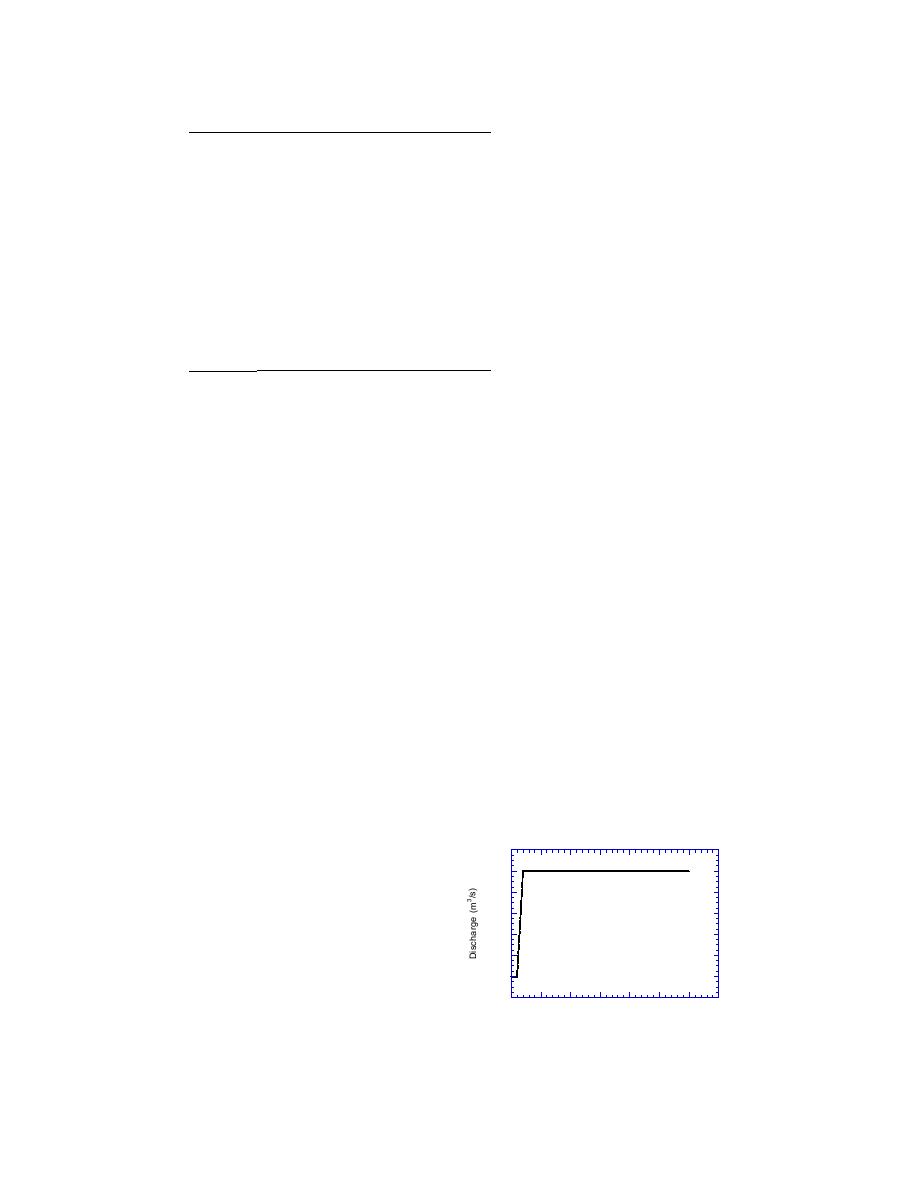
Table 1. List of baseline testing parameters.
istics were in the middle of the
ranges expected for ice-covered
Number of cross sections
101
rivers at the time when ice jam-
Length step
100 m
ming would be expected. Table 1
Time step
30 s
Channel width
100 m
provides the values of several key
Bed slope
0.0005
parameters chosen for the
Solid ice specific gravity
0.92
baseline configuration. The val-
Ice cover porosity
0.40
ues of the Darcy-Weisbach fric-
Darcy-Weisbach friction factor--bed
0.08
Darcy-Weisbach friction factor--ice cover
0.12
tion factor were chosen to repre-
k0--coefficient of lateral pressure
0.50
sent a system where the ice jam
λ--coefficient of friction, ice-on-ice
0.65
roughness was significantly
Kp--passive pressure coefficient
3.85
Theta weighting factor--water (θ)
0.60
greater than the bed roughness.
Theta weighting factor--ice (θi)
0.60
Values of Kp and were obtained
Maximum number of iterations/time step
4
as explained in the Laboratory Ex-
periments section. Using these val-
ues and eq 27 leads to k0λ = 0.325. By substitution, the values in Table 1 for these
two parameters were chosen.
In addition to the parameters in Table 1, the tolerance for each variable, as
expressed in eq 147, was set to 104 m. The upstream boundary conditions were
specified as water discharge and equilibrium jam thickness by eq 147 with the non-
uniform terms set to zero. The downstream boundary conditions were specified as
normal depth beneath a uniformly thick ice cover and zero ice velocity. The up-
stream water discharge for the baseline testing begins at a steady value of 100
m3/s for 20 minutes, rises to 200 m3/s during the next 20 minutes, and remains at
that level for a total test time of 600 minutes. This upstream discharge hydrograph
is shown in Figure 35. The maximum number of iterations of the Newton-Raphson
solution scheme per time step was set at four. However, rarely more than two itera-
tions were required to reach the specified tolerance.
The initial conditions for the baseline runs were determined by running the model
with a steady upstream water discharge of 100 m3/s and a prescribed uniform
thickness jam that was significantly greater than the equilibrium thickness pre-
dicted from eq 25 to ensure that there would be no further thickening as the water
depths and velocities adjusted to their steady, uniform values. Once the initial con-
ditions for water depth and velocity were determined, the initial uniform ice thick-
ness for the baseline testing was chosen to be only slightly greater than the equilib-
rium value calculated using eq 25. For the baseline runs, this procedure resulted in
the following set of initial uniform values of water depth and velocity, ice thick-
ness, and ice velocity: 1.729 m, 0.578
220
m/s, 1.50 m and 0 m/s, respectively. The
200
equilibrium jam thickness was calcu-
180
lated to be 1.47 m from eq 25.
160
One of the most difficult tasks of mod-
140
eling jam shoving and thickening is the
120
presentation of results. The process is
100
highly unsteady, with large variations in
the values of the dependent variables
80
0
100 200 300 400 500 600 700
over fairly short periods. Also, consid-
Time (min)
Figure 35. Upstream water discharge
ering the interest in all four of the vari-
hydrograph for baseline run.
ables mentioned above means that a
56



 Previous Page
Previous Page
